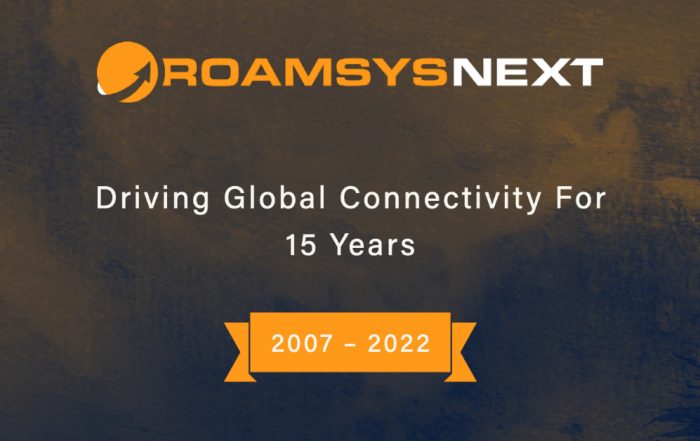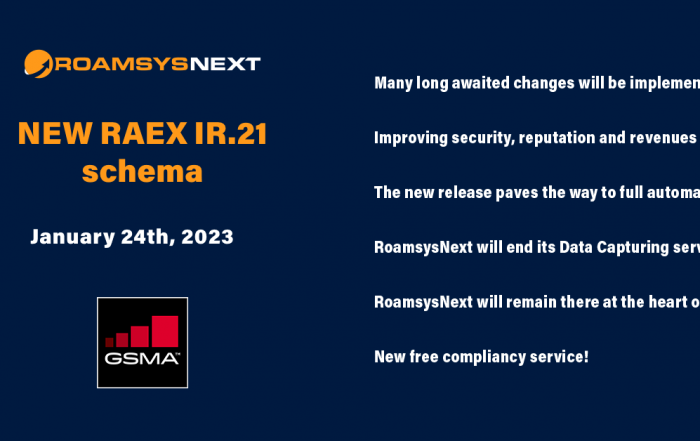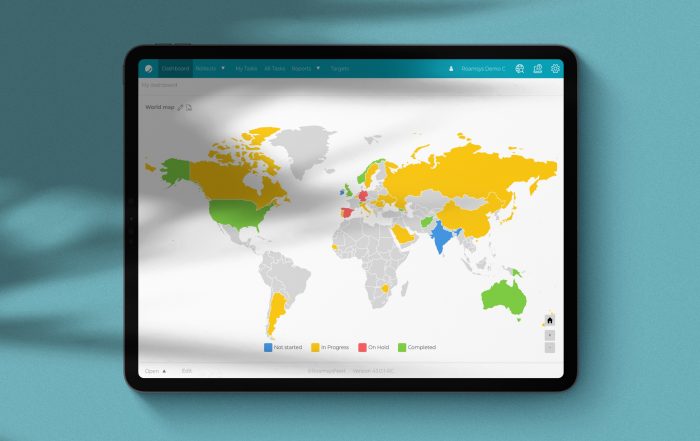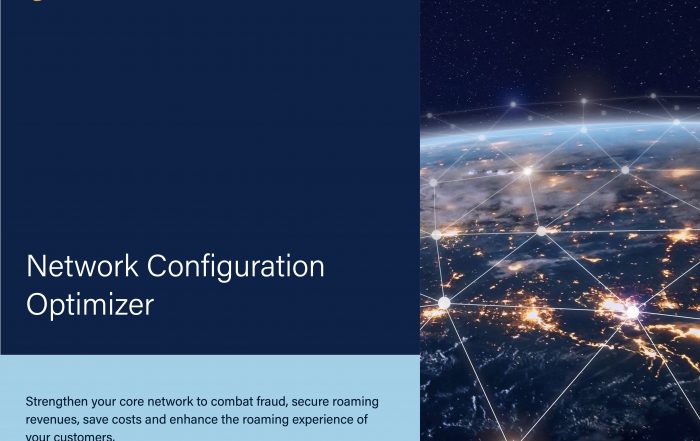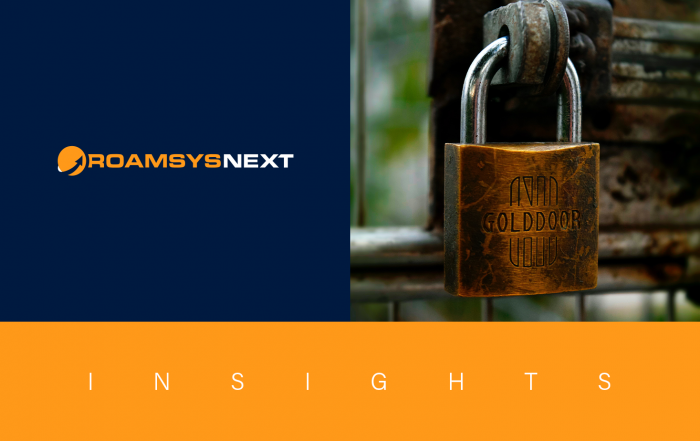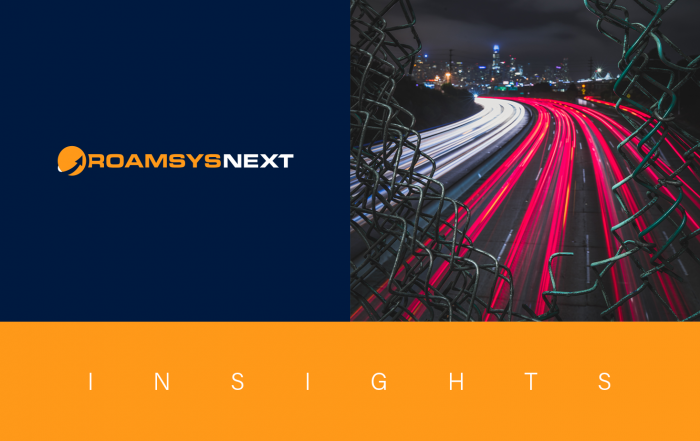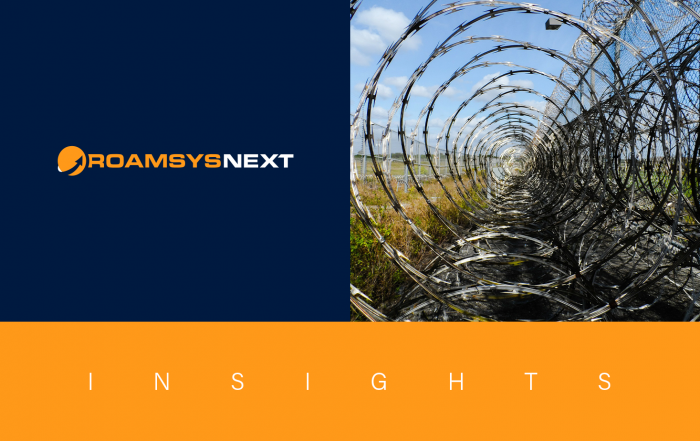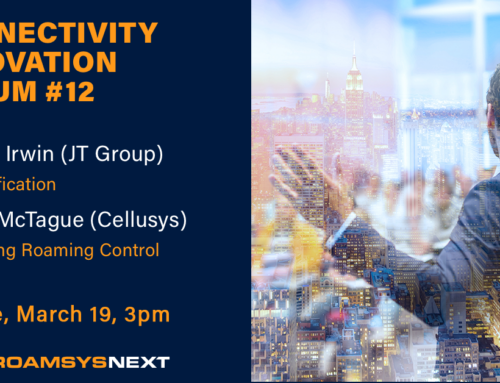
Gabriele Lieser
CUSTOMER SUCCESS MANAGER
Summary
In a previous blog we have seen that by hardening the network configuration errors can be kept under control. But there are three more ways to bliss: try to automate processes as much as you can, monitor your firewall’s security logs and enforce centralized authentication mechanisms. With the help of smart automation work will be simplified and sped up, and there will be more time to oversee the processes themselves. Security logs should not only be your first point of contact when problems arise. They detail any change in firewall settings, especially in terms of traffic analysis and risk assessment. Looking at them beforehand will give you a head start in the analysis of current and past issues. Also, the use of centralized authentication mechanisms is important to align the routers and close the doors to possible attacks.
Configuration errors are a nasty piece of work as they create a serious disruptive element that opens the doors for intruders and runs the risk of impacting the whole network performance. According to a Gartner report 95% of all firewall breaches could be caused by misconfigurations, not firewall flaws. An incorrectly configured firewall can stop reliable income streams from working and can cause considerable revenue leakage. An even bigger threat is the vulnerability of the network when connectivity to the internal network is enabled. In order to maintain security, the order of the day is “configuration hardening”, i.e. creating secure and compliant configuration settings and finding suitable tools to automate the monitoring, configuration and assessment of the firewall body of rules. So, the interesting question raises: how can MNOs do more with less? How can configuration errors be kept at bay?

In RoamsysNext Insights our experts share their views on extensive industry topics and possible solutions we can offer.
Safe to say that intelligent automation enables fast and effective firewall setup and updates. Luckily, the human touch has always been a source of innovation, even errors and neglect have oftentimes helped to produce wonderous inventions. On the other hand, as a matter of fact, the human factor has proved a recipe for mismanagement and failure.
Automate as Much as You Can
Among many other duties, IT security teams are expected to be always on full alert and quickly gain and maintain firewall control. But current tools require a lot of manual consolidation and integration of massive amounts of threat data. Manual work slows things down and shreds valuable time. As we have seen above, most breaches have their origins in misconfigurations. With the help of smart automation work will be simplified and sped up, and with a consistent firewall and implementation routine there is more time to oversee the processes themselves. More room to prioritize efforts and finish off perpetrators.

Come to Appreciate Your Security Logs
The incoming and outgoing traffic on the network is laid out by security logs. Not regularly checking your firewall’s security logs is similar to not watching your finances. Just as a bank statement, security logs reveal current and past issues and detail any change in firewall settings, especially with regard to traffic analysis and risk assessment, most used and least used rules which can be removed eventually. Thus, the firewall and network performance can be optimized considerably which is another step towards enhanced efficiency. Sometimes, the intangible becomes reality: if a data breach or cyber-attack has happened, security logs will be your first point of contact. Backtracing the information available can help preventing future attacks and is also vital for investigation and, in the event of loss, insurance reasons.
A security chain is as strong as its weakest link
Use Coherent Authentication Mechanisms
Imbalanced authentication standards are another reason for unwanted vulnerabilities. Networks often stretch over a multitude of sites so that it makes a lot of sense to integrate systematic authentication standards. Let’s illustrate this with an example: in a large company all devices in the central data centre could be accessed on the basis of a uniform authentication mechanism. However, this authentication mechanism was not used at the branch locations, and therefore the authentication standard was not enforced from end to end. As a result, branch office employees could access their local accounts with simple passwords and had different limits on login errors before their accounts were locked. Since a security chain is as strong as its weakest link, the weaker authentication will be always the one prone to attack.

Strength lies in calmness
Diverging authentication standards open the doors for attacks through the routers that do not align with the centralized authentication mechanism. Companies should therefore enforce centralized authentication control, single sign on and effective processes for adding and removing access and authorization across all sites simultaneously so that breaches of security are limited. Especially when an employee leaves, it is imperative that the credentials of that employee are revoked across all sites as soon as possible.
If misconfigurations are a common reason for data breaches, then MNOs must take control by fast and decisive actions. It is essential to quickly and automatically prevent, detect and cut out these errors. There are already a wide variety of security controls at hand, but just turning them on is simply not enough. Although this process can be intensely time-consuming, understanding and controlling how the traffic flows into and out of the network is key to securing it. Whenever firewall configuration and the prevention of misconfigurations is performed continuously, dynamically and on a high level, you have already achieved a lot.
Streamline your configurations of every roaming relevant network element
Our tools already help more than 700 MNOs across the globe. They simplify the initial and ongoing correct configuration of every roaming relevant network element which enables MNOs to block any unwanted or unauthorized traffic with very little effort. From the beginning, these easy-to-use applications increase efficiency, transparency, and enhance resource management, and we continuously keep optimizing to serve our customers even better. Likewise, we are increasingly keeping an eye on upgrading security aspects. Since we are experienced in developing the InfoCentre RAEX Tools application on behalf of the GSMA, our tools are fully compliant to GSMA requirements and can be most easily implemented and aligned to the specific needs of any customer. Talk to us, we will listen to you.
Gabriele Lieser joined RoamsysNext in 2020 as Customer Success Manager to strengthen the bonds with our increasing number of customers and to support the marketing team. Gabriele has a strong background in corporate sales. She studied at the Universities of Trier (Germany) and Manitoba (Canada) and is incorporated in the RoamsysNext Client Service team.
“The team is a crucial asset”
It has been an exciting year for RoamsysNext. And as 2023 is coming to an end, we took the opportunity to talk with CEO Michael Grasmück about the past year, the growing team that becomes more and more international, and the comeback of an industry institution.
15 years of RoamsysNext – Driving Global Connectivity
RoamsysNext turns 15, so we talked with CEO Michael Grasmück about the anniversary, the early years, the move to Luxembourg and the future within the fast-developing roaming industry.
The new age of the IR.21 – Be ready for the full automation!
The new RAEX IR.21 schema will be released early 2023 with great changes coming that allow us to revolutionize the way we work with the IR.21 data.
Reporting at a glance: The RoamsysNext Dashboards
The RoamsysNext tools offer many reporting functionalities of which the dasboards play an important role. Learn more about using them in practice to identify bottlenecks, visualize your team's performance and bring a smile to your management's faces.
End-2-End-Automation with Network Configuration Optimizer
The RoamsysNext Network Configuration Optimizer is the perfect solution to make the shift from manual processing to more and more automated processing, with the option to move to full automation. Let's see how it works.
From Roamsys to RoamsysNext
Sixteen months ago, Roamsys relaunched and became RoamsysNext. Time to look back to a year we never expected to happen.
How to Stay Secure
What can MNOs do to stand up to the ever-growing tide of telecom fraud and protect their assets? Stay alert, use great tools, collaborate with other market players, and take the fight to the fraudsters.
Telecom Fraud Hurts
Telecom fraud is a rapidly growing area that has serious effects on national critical infrastructure (civil, healthcare, energy, agriculture...) and wider industrial processes.
The GSMA MISP – How Does it Help?
Malware information sharing and threat intelligence sharing has unbeatable benefits that make any caveats and challenges look small in comparison.
The Experts behind RoamsysNext Insights
RoamsysNext Insights has a growing fan base due to its substantial reports. With a wide variety of great information and exciting insights, they inspire beginners as well as professionals.
How to Treat 2G and 3G Closures without Becoming an Archivist?
As we are entering the era of 5G, legacy networks are in a state of flux and lose significance. This blog is about how the sunsetting of 2G and 3G networks will impact mobile communication.
How to Choose a Signaling Firewall Wisely
In times of global turbulences and increasing fraud attacks the decision for a sophisticated signaling firewall becomes more and more a priority. Some general considerations help to narrow down the choice.
Identity Fraud in Telecom
Identity fraud robs people of their virtual existence; it costs time, money and nerves. But there are countermeasures that help.
How to Tackle the Challenges in Combating Telecom Fraud
Telecom fraud can have dire effects on critical infrastructure and always causes painful loss of revenue. See how the industry's joint efforts tackle the challenges in combating telecom fraud.
Face the Breach: Rehearse an Emergency Before it Happens
In case of a breach, most companies are poorly prepared to take quick action. Have a look at some ideas on how to make the best of a difficult situation and save valuable time.
Working from Home during a Global Pandemic
Due to the broad introduction of remote working, businesses need to rethink their current cyber security measures and consider how they need to be adapted or further developed.
The Future of Roaming Trainings – An interview with Milja Hofman, CEO Roamingwise
Roamingwise is a well-known provider of roaming trainings, seminars and consultancy in a variety of international roaming topics. In our interview, CEO Milja Hofman reveals how she prepares professionals to drive the roaming world.
Historical Fraud Incidents and Lessons to be learned
In the course of history, no era is free from the practice of deception for personal benefit. Let’s have a look at what we can learn from historic fraud cases from ancient Greece to modern times.
Two-Factor Authentication rules!
For some time now, we have introduced 2FA and have contributed our share to provide more secure access to our tools. Norbert Becker, Head of Software Development, picks up the thread and provides engaging insights into his area of responsibility.
Introducing: The RoamsysNext Network Configuration Optimizer
Learn how the RoamsysNext Network Configuration Optimizer enables MNOs to switch safely to full automation and growing roaming revenues by providing effective and secure data management of all roaming related business information.
Introducing: The RoamsysNext Wholesale Roaming Manager
The RoamsysNext Wholesale Roaming Manager provides powerful collaboration and reporting tools for all roaming partner relationships by converging everything from service openings to the user’s roaming footprint, test SIM cards and tariffs, document and contact management.
Don’t fear the breach – three more ways to avoid configuration errors
Three ways to bliss: take bold measures to automate processes as much as you can, check your firewall’s security logs regularly and enforce centralized authentication mechanisms.
We’re in this together
In the second part of our interview with Alexandre De Oliveira, POST Luxembourg Cyberforce, he highlights major pain points in fraud detection and stresses the importance of global information sharing via the GSMA T-ISAC initiative.
Mastering today’s Fraud Landscape
Learn how Alexandre De Oliveira’s team at POST Luxembourg Cyberforce is mastering today’s fraud landscape with penetration tests, security assessments, the Telecom Intrusion Detection System (TIDS) and the Telecom Security Scanner (TSS).
How to avoid configuration errors
Hardening the network is a good way to get configuration errors under control. Introducing smart firewall rules and consistently updating these rules can be very time-consuming, but it’s a crucial measure to be taken.
From customer request to feature
In our newest “RoamsysNext Insights”, David Houstek and Adrian von Wendt elaborate on our customer focused production processes.
Making a Stand against Fraud
In an insightful interview, our CTO, Hendrik Hoehndorf, speaks about further GSMA initiatives on fraud detection and prevention such as the MISP (Malware Information Sharing Platform) and T-ISAC (Telecommunication Information Sharing and Analysis Centre).
Cyber security and fraud prevention – the GSMA approach
How does the GSMA approach cyber security, fraud detection and prevention? Look at the incredible useful tools and informations they provide with the Fraud and Security Group (FASG) and documents on best practice countermeasures.
How insecure GTP makes LTE and 5G networks vulnerable
GTP will still have an impact on 5G. Our tools can help to identify dubious requests faster, reduce reaction times and block incidents in a fraction of time.
How bad can it get? Signaling attacks strike the heart of each MNO
This blog is about how correct data is key to ensuring that mobile communication is of trustworthy origin, especially in case of signaling attacks. Notably, the roaming industry has to take action for data verification.
Grey Routes, Spam, Smish – funny words but nothing funny about SMS Fraud
SMS enjoys the reputation of being a safe channel for communication. But as any system, it is prone to abuse. We show you what needs to be done.
4 more Types of Telecom Voice Fraud MNOs are vulnerable to
Voice fraud is known as one of the top inter-carrier fraud cases, and in order to expose them, time and reliable data is crucial. This article shows that prevention is key to make sure that legitimate traffic is not obstructed.
Three Types of Telecom Voice Fraud that can destroy businesses
This issue shines a light on the variety of security breaches and fraud incidents: A cabinet of horrors.
Problems with telecom fraud? How big the issue really is. And how we can help
Fraud and security issues cause considerable problems within mobile network operators. But we are here to help.
Let’s talk about data quality
Most fraud and security issues are caused by misconfigured network nodes. This article shows, how RoamsysNext treats this problem on their quest for data quality.

